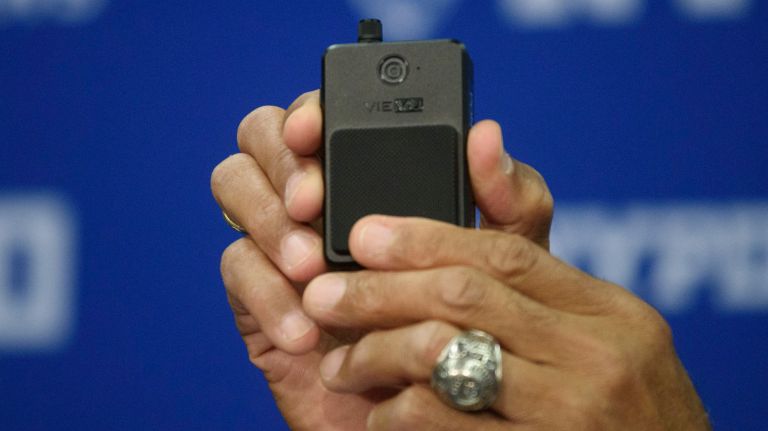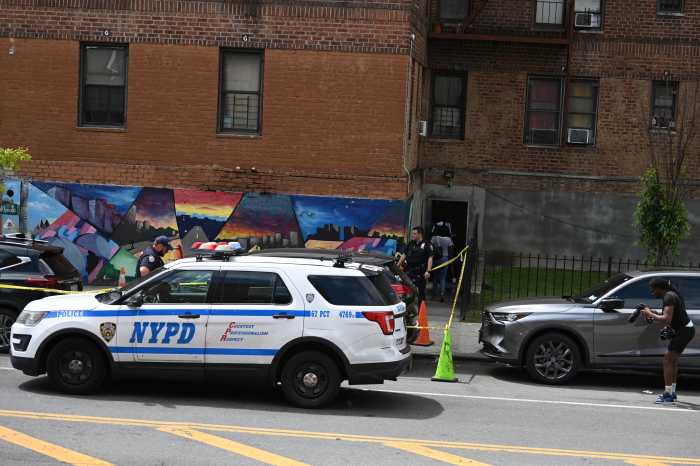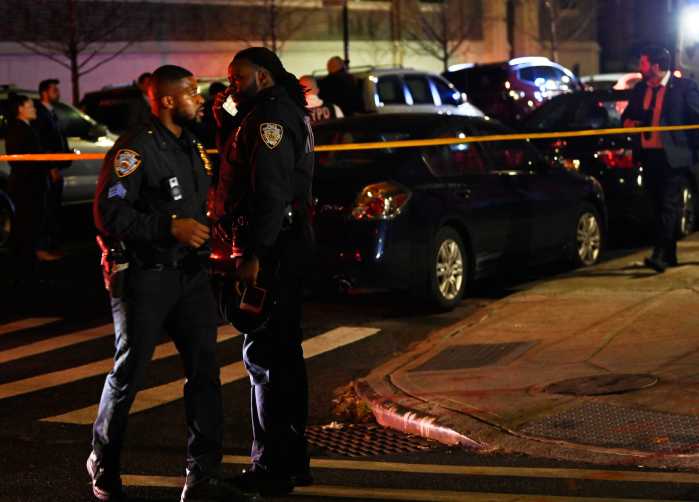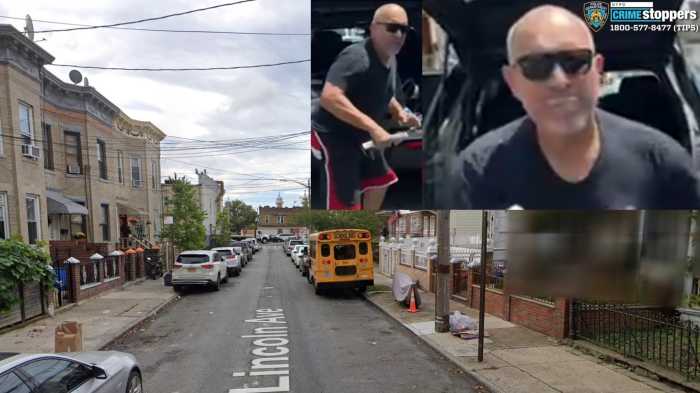The New York Police department is now required to release all pertinent audio and video body-camera footage within 30 days in an officer’s use of force results in death or bodily harm of a person, Mayor Bill de Blasio announced on Tuesday.
The new policy, effective immediately, will be implemented if an officer discharges their firearm resulting in the death or possibly injury of a person, kills or harms someone after using a taser or when an officer’s use of force results in death or bodily harm, de Blasio elaborated. All footage going forward will be made public and posted online after first being shown to involved family members. It is unclear when a link to footage will be shared with the public.
In 2014, the NYPD began outfitting a small number of officers with body-cameras as part of a pilot program. By the end of 2013, In 2017, the NYPD had equipped 1,300 officers in 20 precincts with body-cameras as they worked evening shifts. Two years later, that number 24,000 body-cameras were issued among the police department’s 36,000 officers.
The new policy comes a day after NYPD Commissioner Dermot Shea announced that the department’s plainclothes anti-crime units, which have been involved in some of the city’s worst police shootings, would be disbanded. The roughly 600 officers serving in the units across 77 precincts and nine housing commands the city would be reassigned to other duties like detective work and neighborhood policing initiatives.
“We recognize the power of the body-worn cameras, but body-worn cameras are only as powerful as the transparency that comes with them,” said de Blasio. “We hope to never have these kinds of incidents to have to release this footage…but when one of these three criteria is met it is crucial that the information comes out properly, that people have faith it will come out, that it will come out objectively.”
De Blasio praised the policy as a win for civilians and police alike explaining that publicly available footage should provide comfort to the “many, many good officers” to know that the “whole truth” will come out. However, the NYPD still retains the right to edit the footage for “privacy purposes,” according to a City Hall spokesperson.
Despite mayor trying to pass off the policy as a recent reform sparked by ongoing protests against police brutality, the announcement simply codifies previously issued regulations.
In October of 2019, the NYPD issued body-camera guidelines nearly seven months after the department finished outfitting body-cameras. The guidelines state that NYPD has 30 days to decide when to publicity release footage of a critical incident “excluding any non-disclosure period(s), provided that the force investigation review is completed. “
The guidelines also state the NYPD will release “representative samples” of incidents as well as “any salient events leading up to the event.” But the department retains the power to omit “extraneous or redundant” material and redact footage prior to public release.
Tuesday’s announcement was described as a “modest improvement” on the 2019-issued guidelines by the ACLU’s lead policy council, Michael Sisitzky but still fall short in fully creating transparency withing the agency’s body camera unit. The categories addressed under the new policy will still be subject to NYPD interpretation as to what use of force is serious enough to merit release, Sisitzky argues. The 30-day deadline to release footage is cause for concern as well, he added.
“The calls that we’ve been hearing from protesters in recent weeks have been calls for really much more fundamental change than tweaking a body-camera policy,” said Sisitzky who added that the NYPD should take more proactive steps in showing how they are holding officers accountable. ” What we would want to see from the department is not more release of body-camera footage but more transparency around what steps they are taking to hold officers accountable for misconduct whether or not it’s recorded on body cameras.”







































